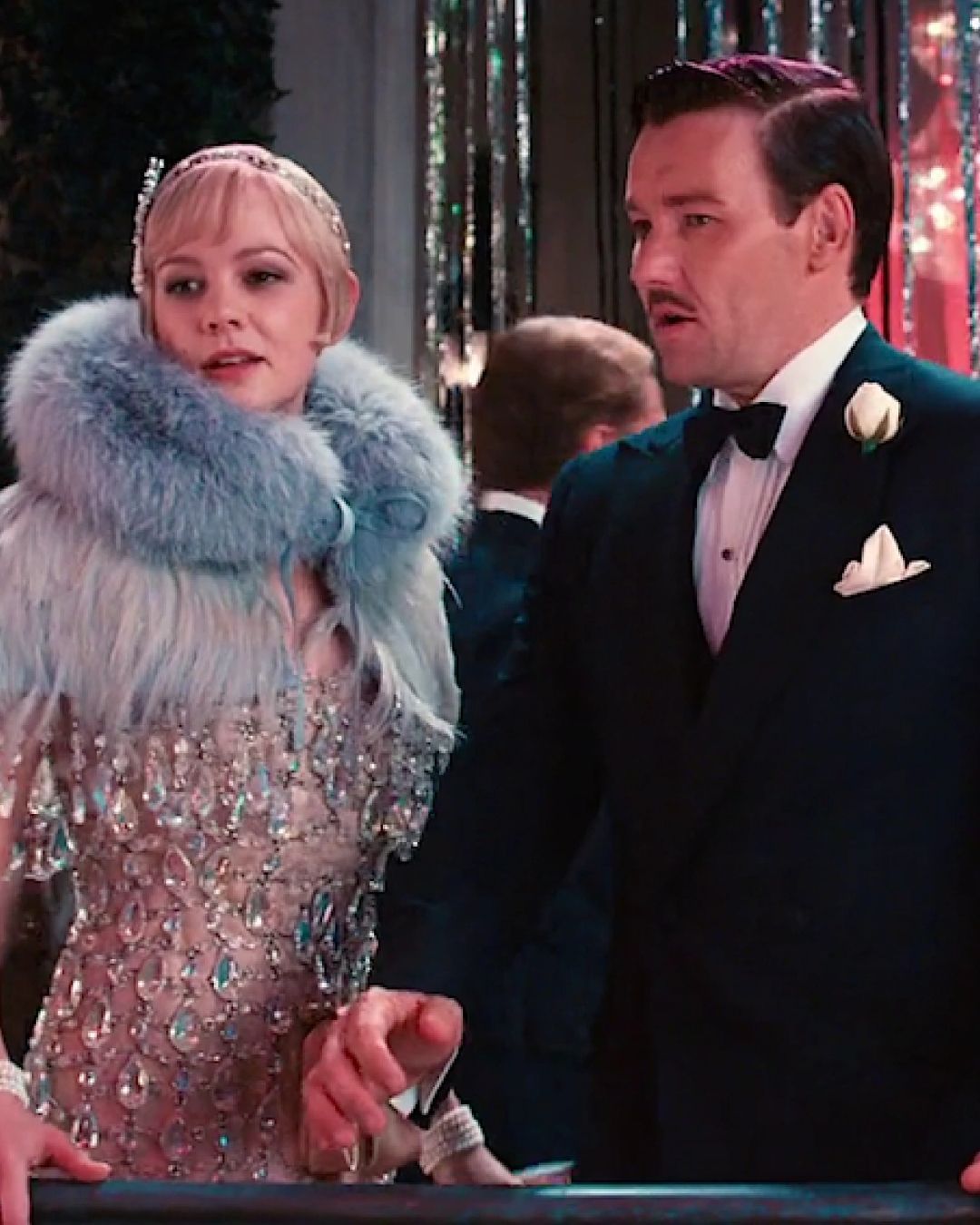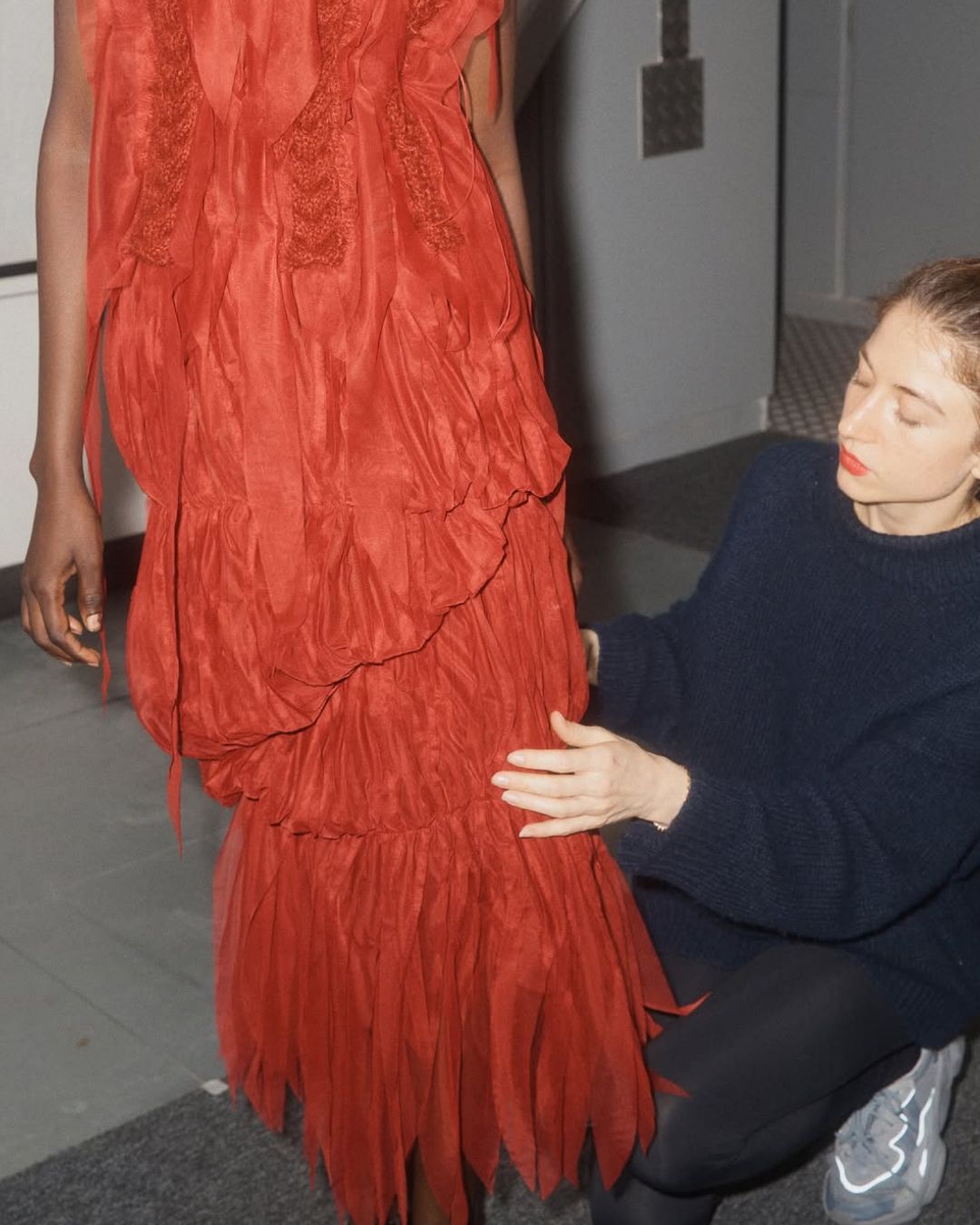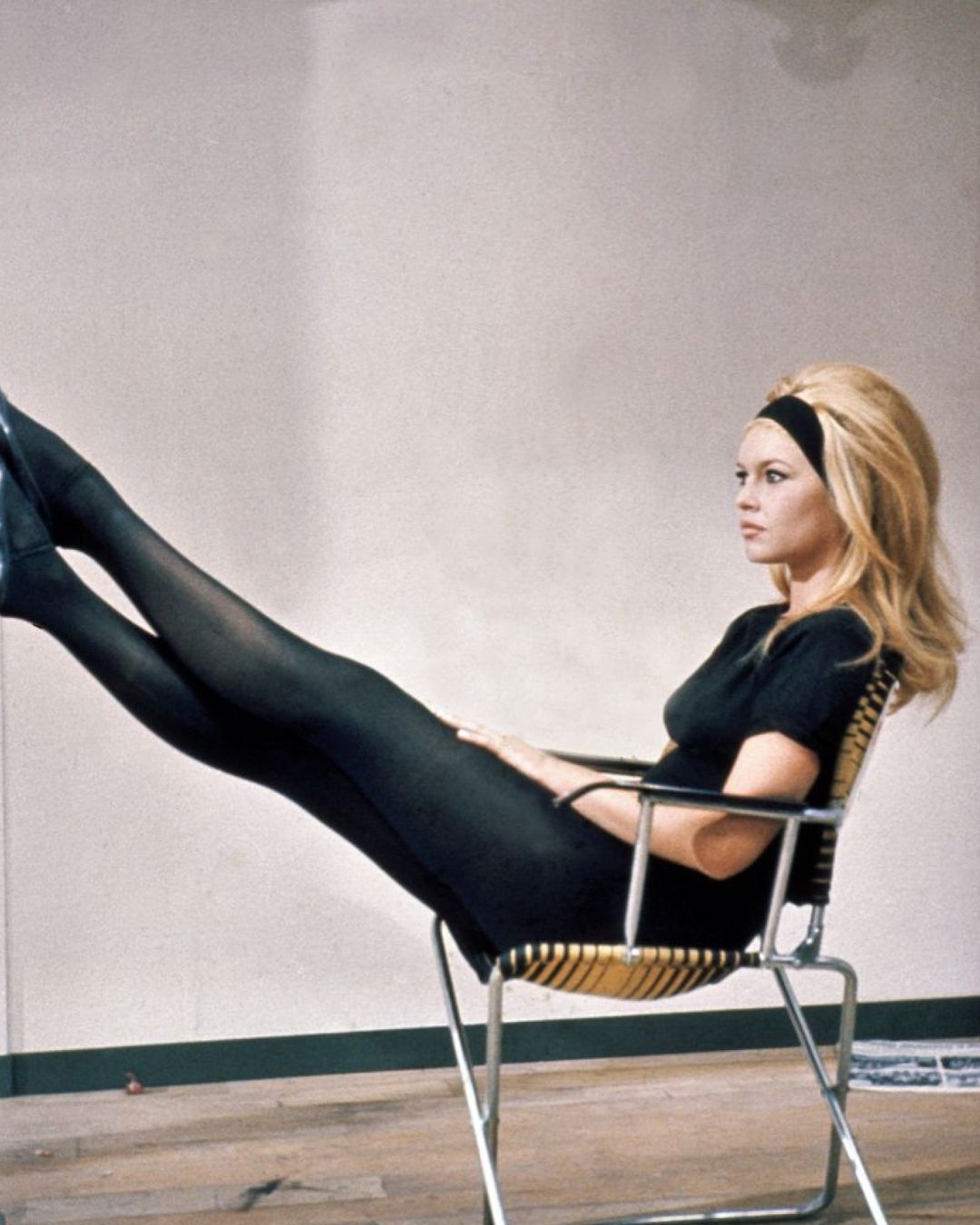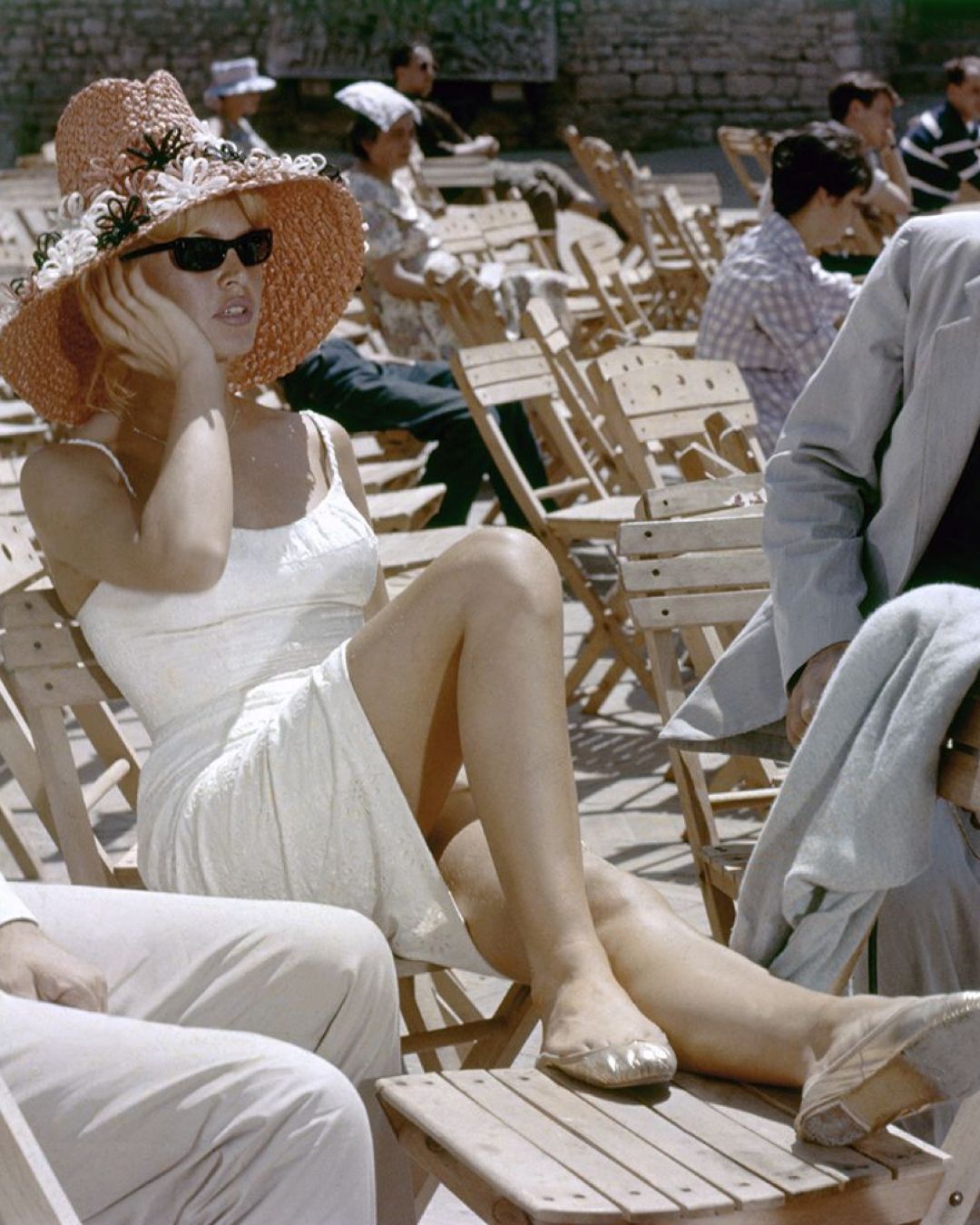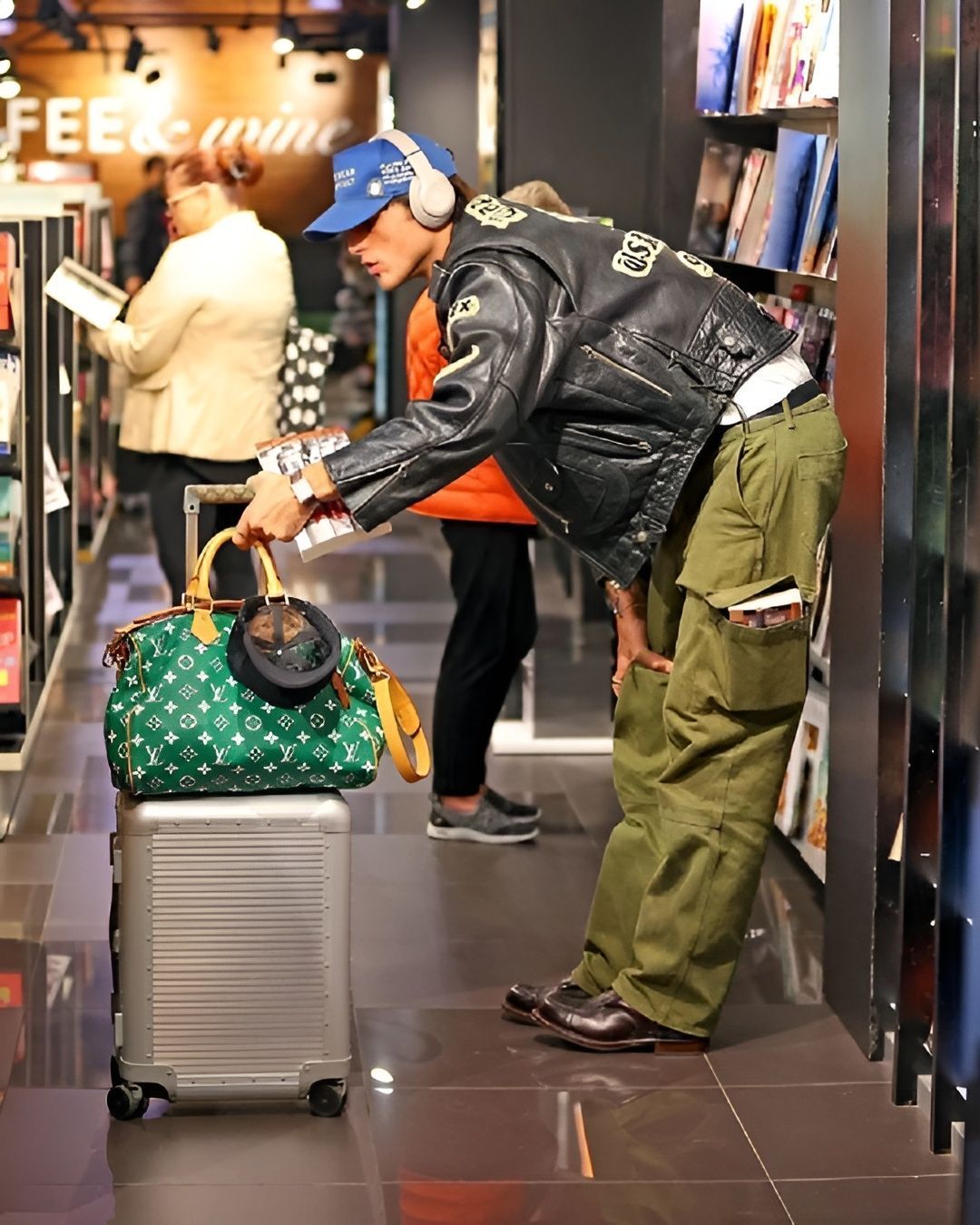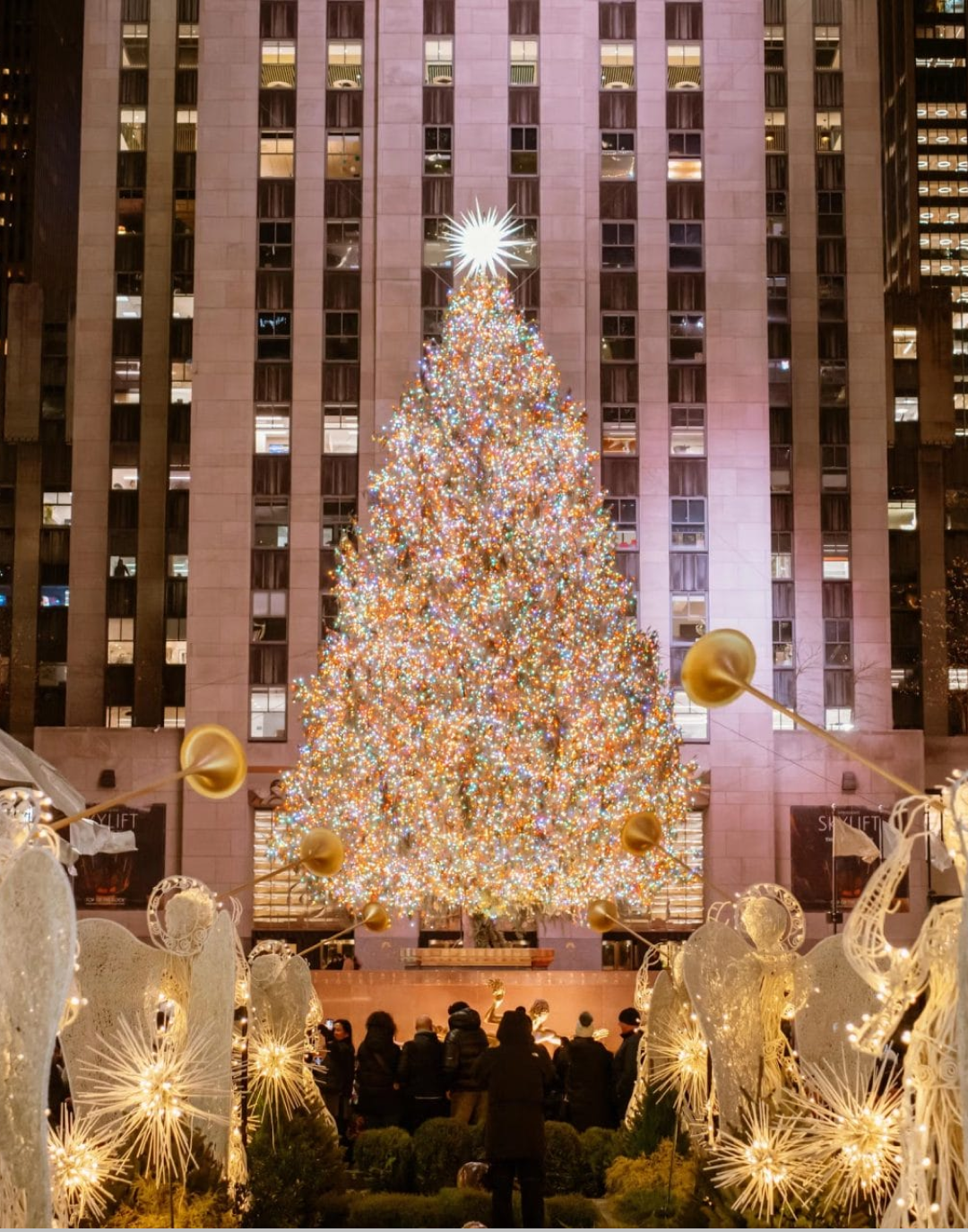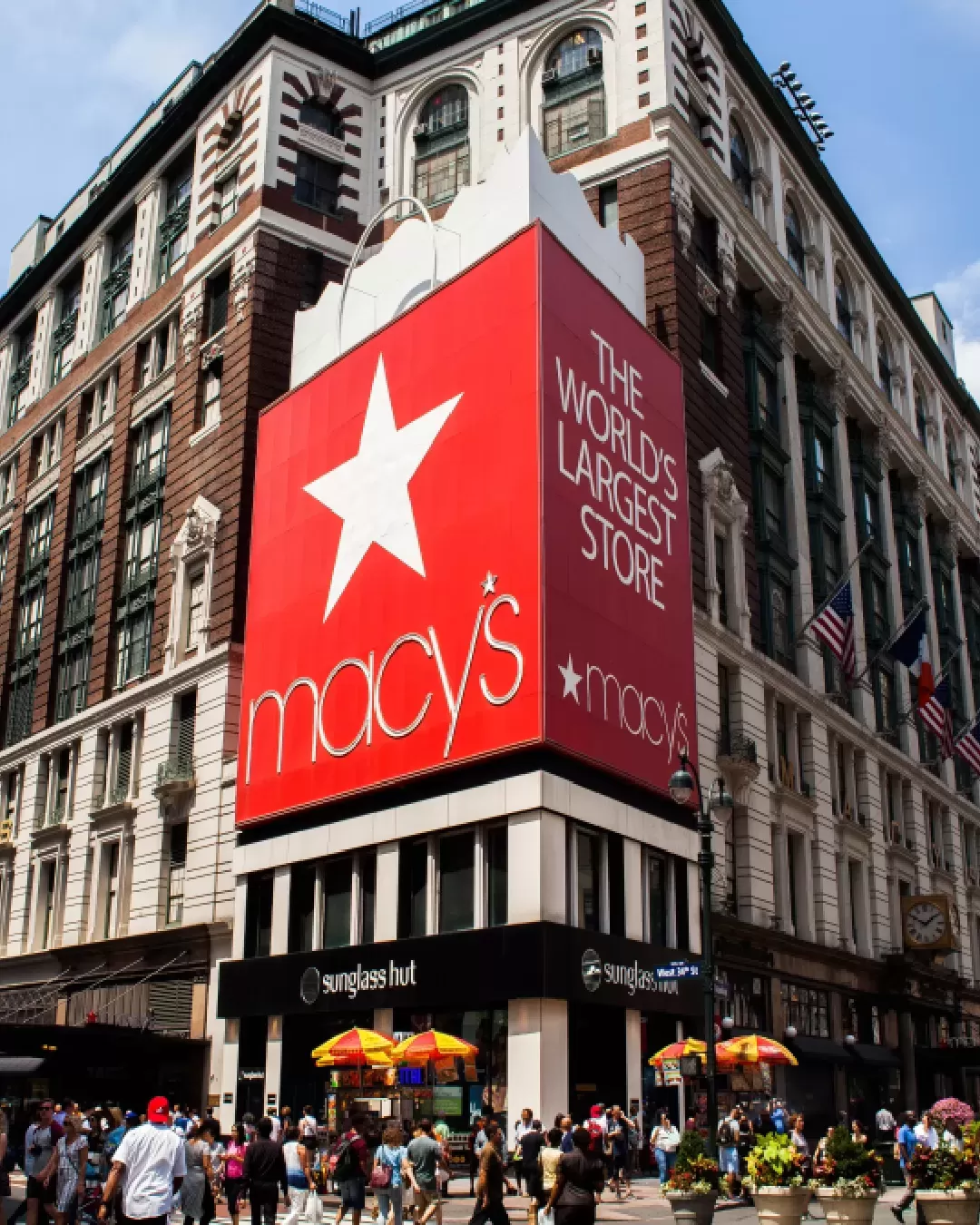
The retail apocalypse from shopping centres to department stores Is this the end of the large sales areas as we knew them?
While shopping has moved online and the pandemic has redefined our relationship with public spaces, traditional retail—especially in American malls and department stores—has faced a predicted decline. A domino effect continues to bring down the retail system as we knew it. From malls, an American invention, to department stores, it seems that no strategy has worked. This has been talked about for a long time: physical stores are in crisis in an era where products are developed primarily with the idea of how they will appear once photographed for e-commerce. This development seems inevitable even for what once seemed to be the last remaining social activity. But in reality, it is a long process that started long ago and has reached us only now.
@cherryemojigirl it’s kinda unsettling dystopian af
original sound - cherryemojigirl
The American mall was born in the 1950s from the brilliant mind of Austrian urban planner Victor Gruen, who developed his career in the United States. The initial project seemed modern and ecological: the idea behind the shopping center was to limit car travel by concentrating all the shops and services needed by consumers—ranging from food to clothing and even children's entertainment—in one large space. This activity typically took place in the suburban areas of cities, as we also saw in Italy—though with less success and an already predictable decline, given the nature of our slower lifestyle focused on walking and living in city centers. At the same time, luxury department stores emerged in large cities (again, the best examples are American, such as Neiman-Marcus, Macy’s, Saks, Bergdorf Goodman), but they found the most fertile ground in Japan, South Korea, and the United Arab Emirates. While malls and department stores continue to thrive in countries with higher purchasing power, in America and Europe, all major shopping-focused businesses are now either closed or struggling. In the United States, from the beginning of 2025 to now, closures announced by chains like Big Lots, Forever 21, and Macy’s have brought the total closed retail space to over 100 million square feet.
Victor Gruen, Southdale Regional Shopping Center (1956) Edina, MN
— Midwest Modern (@JoshLipnik) May 15, 2020
Southdale was the America’s first enclosed shopping mall. Gruen envisioned the mall as a town center that would help to combat, rather than become synonymous with, suburban sprawl.
Photos via Gruen Associates pic.twitter.com/qVZpHaUshT
In Italy, we've recently seen the closure of the only department store in the highly touristic city of Venice, the Fondaco dei Tedeschi managed by LVMH (which laid off 226 employees), while in America what is being called the retail apocalypse, which began as early as the 1990s, seems increasingly to be leading to the total disappearance of retail giants. The recent case of Saks highlights this fragility: the holding company Saks Global is working to cut its operating costs by about $500 million as part of a broad restructuring plan following the acquisition of Neiman Marcus. The initiative includes staff reductions, store closures, and new payment terms for suppliers, with the goal of streamlining operations and increasing profitability.
@sandymakessense New fun immersive experience in Dubai
There are many factors that gave rise to the retail apocalypse. Chief among them, as we’ve seen, are the rise of the internet and e-commerce, major global economic issues affecting the wallets of average consumers, and the American tariffs imposed worldwide by Trump. Among luxury fashion retailers, there is a growing fear—just consider how many sample sales are being organized by brands around the world. Watching The Store (1983), a film by Frederick Wiseman set in the Neiman-Marcus department store in Dallas, Texas, one immediately notices what today’s department stores lack: attention to customer needs. The film shows many meetings among department heads discussing minute details to improve the shopping experience, from the menus offered to official communications. While Japanese and Arab department stores and malls continue to focus on meticulous attention to detail, in Europe and America it has disappeared. In the past, spending a day in a mall meant trying new experiences, feeling pampered, and even meeting new people, while today entering a mall feels more like wandering through an abandoned building.


